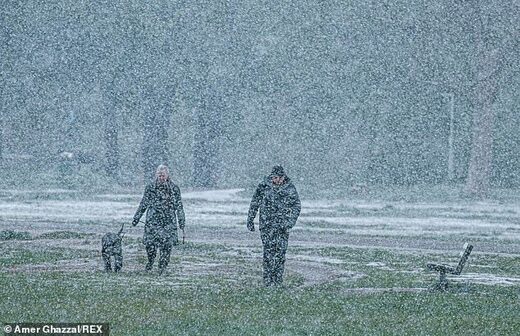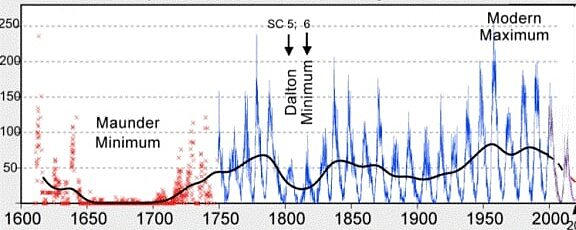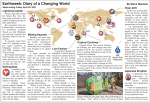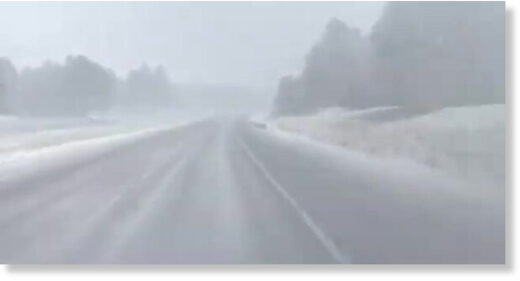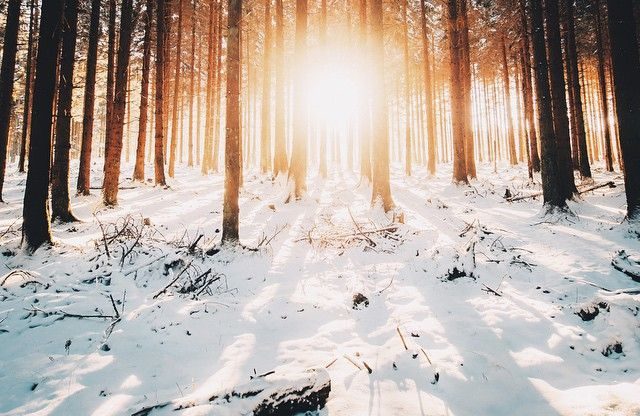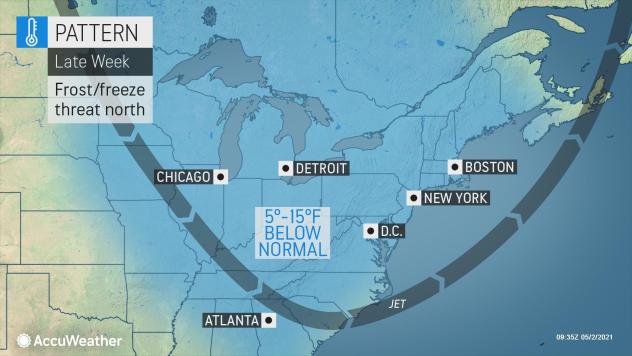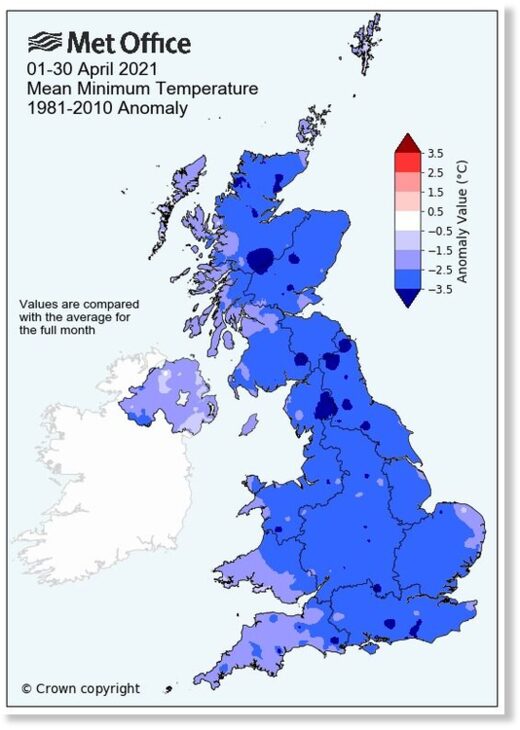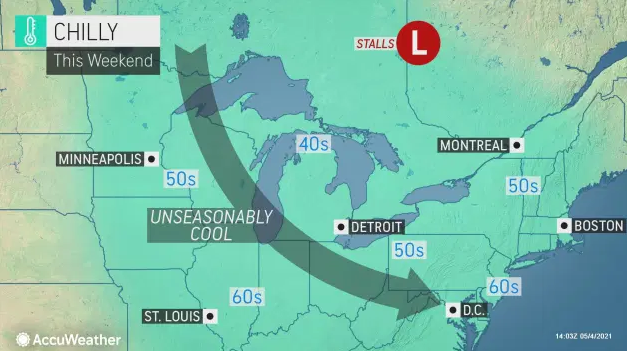TxGal
Day by day
The Sun to "Super-Flare" during the Summer of 2023? - Electroverse

Articles
THE SUN TO “SUPER-FLARE” DURING THE SUMMER OF 2023?
APRIL 28, 2021 CAP ALLON
While the Grand Solar Minimum will cause enough headaches and struggles to keep the human race occupied, there is an even more destructive threat looming: the shifting of Earth’s magnetic poles and the resulting depletion of our planet’s magnetic field (our protective shield against space weather).
One of the top scientists on the subject, David Mauriello of the Oppenheimer Ranch Project, has gone so far as to call the intensifying magnetic reversal his biggest worry: “It is my firm opinion that the magnetic reversal is more severe than the Grand Solar Minimum could ever be,” says Mauriello, because new research suggests that the combined effects of 1) a waning magnetosphere (a side-effect of the magnetic reversals/excursions, which can drop Earth’s magnetic field strength to below 10 percent of its maximum), coupled with 2) a powerful plasma discharge from the Sun could be due in as little as 2 years.
Citing a new study, “Discovery of an Extremely Short Duration Flare from Proxima Centauri Using Millimeter through Far-ultraviolet Observations,” one of the largest flares ever recorded in our galaxy –100 times more powerful than those emitted by the Sun– recently left Proxima Centauri, our star’s nearest neighbor.

An artist’s illustration of the Proxima Centauri planetary system. Portrayed on the right is the newly discovered exoplanet candidate Proxima c, which orbits the red-dwarf host star once every 5.2 Earth years. The system also includes the smaller Proxima b, on the left, a confirmed world that was discovered in 2016. (Image credit: Lorenzo Santinelli)
Proxima Centauri is a red dwarf –the smallest, dimmest and most common type of main sequence stars in the galaxy– located approximately 4.25 light-years from Earth — Mauriello considers this distance one of two key factors when calculating the impact of a newly discovered threat, with the other being the dating of the mega flare.
In the recently published study, researchers used nine ground and orbital telescopes –including the Hubble Space Telescope, the Atacama Large Millimeter/submillimeter Array and NASA’s Transiting Exoplanet Survey Satellite– to closely monitor Proxima Centauri for a total of 40 hours over several months in 2019. On May 1, 2019, the team captured the super flare, which shone for just 7 seconds and was mainly visible in the ultraviolet spectrum.
Even at just 7 seconds, the outburst would have been the equivalent of an X-200+ escaping the Sun. And note, the highest-rated flaring ever recorded was the X-45 registered back in 2003 (needless to say, the flare was not Earth-facing), while the infamous Carrington Event is also generally considered to have been around an X-45.
Solar flares are tremendous explosions in the atmosphere of the Sun. They are capable of releasing as much energy as a billion+ megatons of TNT. The result of the sudden release of magnetic energy, in just a few seconds flares can accelerate solar particles to incredibly high velocities, and heat solar material to tens of millions of degrees. And while these periodic outbursts of energy posed little to no threat to the civilizations of the past, even just a moderate flaring (a low X-flare) would cause the instant collapse of our modern tech-driven society.
So, given the two key factors pertaining to Proxima Centauri’s mega-flaring —May, 2019 and 4.25 light-years— it is Mauriello’s supposition that, if recent advances in the understanding of the galactic current sheet and its mimicking of the solar current sheet hold true, then the cosmic “wave” that hit Proxima Centauri –causing it to super-flare– could now be racing towards our own solar system, meaning it could only be a matter of time before our Sun flares in a similar way — you can think of it as a surge of electricity running through a cable, in this case through the galactic Birkeland current that connects every astronomical object. Doing the math –with the admittedly limited factors that are known– that time can be easily calculated: May 2019 (the date of Proxima’s flaring) + 4.25 years (the distance in light-years that the galactic current wave has to travel before it reaches our solar system) sees our Sun mega-flaring during the summer of 2023 (near the solar maximum of Cycle 25–now due in 2024, according to NOAA). Further supporting Mauriello’s supposition, and suggesting the wave is indeed headed our way is the fact that Barnard’s Star –at 5.978 light years away– also recently super-flared, before Proxima Centauri, and at the expected interval.

The flare wouldn’t even need to be Earth-facing, as such an outburst would likely cause a “halo effect.”
This would be the end of the grid, and game-over for life as we currently know it.
In addition, the ongoing waning of the magnetosphere would mean the Sun wouldn’t even need to outburst all that much — even a low-to-moderate X-flare would be enough to take out 90+ percent of the global population via the failure of our “systems”–namely food delivery infrastructures.
Also worth considering, this inbound galactic wave could-well be the trigger that flips Earth’s magnetic field into a full reversal.
Time will tell, of course, but we potentially don’t have much of it.
“You need to be ready (prepared) by the August of 2023,” concludes Mauriello.
Grow your own.
Boom.
David Mauriello currently works at the Climate Science Center in Pagosa Springs Colorado — popularly know as the Oppenheimer Ranch Project. Their current project is located in the south San Juan’s in southern Colorado. ‘Oppenheimer Ranch Project’ is dedicated to uncovering the truth related to paleoclimatological cycles driven externally as opposed to locally (man made), reads Mauriello’s Research Gate profile.
TODAY’S OTHER ARTICLES

 electroverse.net
electroverse.net

 electroverse.net
electroverse.net

Articles
THE SUN TO “SUPER-FLARE” DURING THE SUMMER OF 2023?
APRIL 28, 2021 CAP ALLON
While the Grand Solar Minimum will cause enough headaches and struggles to keep the human race occupied, there is an even more destructive threat looming: the shifting of Earth’s magnetic poles and the resulting depletion of our planet’s magnetic field (our protective shield against space weather).
One of the top scientists on the subject, David Mauriello of the Oppenheimer Ranch Project, has gone so far as to call the intensifying magnetic reversal his biggest worry: “It is my firm opinion that the magnetic reversal is more severe than the Grand Solar Minimum could ever be,” says Mauriello, because new research suggests that the combined effects of 1) a waning magnetosphere (a side-effect of the magnetic reversals/excursions, which can drop Earth’s magnetic field strength to below 10 percent of its maximum), coupled with 2) a powerful plasma discharge from the Sun could be due in as little as 2 years.
Citing a new study, “Discovery of an Extremely Short Duration Flare from Proxima Centauri Using Millimeter through Far-ultraviolet Observations,” one of the largest flares ever recorded in our galaxy –100 times more powerful than those emitted by the Sun– recently left Proxima Centauri, our star’s nearest neighbor.

An artist’s illustration of the Proxima Centauri planetary system. Portrayed on the right is the newly discovered exoplanet candidate Proxima c, which orbits the red-dwarf host star once every 5.2 Earth years. The system also includes the smaller Proxima b, on the left, a confirmed world that was discovered in 2016. (Image credit: Lorenzo Santinelli)
Proxima Centauri is a red dwarf –the smallest, dimmest and most common type of main sequence stars in the galaxy– located approximately 4.25 light-years from Earth — Mauriello considers this distance one of two key factors when calculating the impact of a newly discovered threat, with the other being the dating of the mega flare.
In the recently published study, researchers used nine ground and orbital telescopes –including the Hubble Space Telescope, the Atacama Large Millimeter/submillimeter Array and NASA’s Transiting Exoplanet Survey Satellite– to closely monitor Proxima Centauri for a total of 40 hours over several months in 2019. On May 1, 2019, the team captured the super flare, which shone for just 7 seconds and was mainly visible in the ultraviolet spectrum.
Even at just 7 seconds, the outburst would have been the equivalent of an X-200+ escaping the Sun. And note, the highest-rated flaring ever recorded was the X-45 registered back in 2003 (needless to say, the flare was not Earth-facing), while the infamous Carrington Event is also generally considered to have been around an X-45.
Solar flares are tremendous explosions in the atmosphere of the Sun. They are capable of releasing as much energy as a billion+ megatons of TNT. The result of the sudden release of magnetic energy, in just a few seconds flares can accelerate solar particles to incredibly high velocities, and heat solar material to tens of millions of degrees. And while these periodic outbursts of energy posed little to no threat to the civilizations of the past, even just a moderate flaring (a low X-flare) would cause the instant collapse of our modern tech-driven society.
So, given the two key factors pertaining to Proxima Centauri’s mega-flaring —May, 2019 and 4.25 light-years— it is Mauriello’s supposition that, if recent advances in the understanding of the galactic current sheet and its mimicking of the solar current sheet hold true, then the cosmic “wave” that hit Proxima Centauri –causing it to super-flare– could now be racing towards our own solar system, meaning it could only be a matter of time before our Sun flares in a similar way — you can think of it as a surge of electricity running through a cable, in this case through the galactic Birkeland current that connects every astronomical object. Doing the math –with the admittedly limited factors that are known– that time can be easily calculated: May 2019 (the date of Proxima’s flaring) + 4.25 years (the distance in light-years that the galactic current wave has to travel before it reaches our solar system) sees our Sun mega-flaring during the summer of 2023 (near the solar maximum of Cycle 25–now due in 2024, according to NOAA). Further supporting Mauriello’s supposition, and suggesting the wave is indeed headed our way is the fact that Barnard’s Star –at 5.978 light years away– also recently super-flared, before Proxima Centauri, and at the expected interval.

The flare wouldn’t even need to be Earth-facing, as such an outburst would likely cause a “halo effect.”
This would be the end of the grid, and game-over for life as we currently know it.
In addition, the ongoing waning of the magnetosphere would mean the Sun wouldn’t even need to outburst all that much — even a low-to-moderate X-flare would be enough to take out 90+ percent of the global population via the failure of our “systems”–namely food delivery infrastructures.
Also worth considering, this inbound galactic wave could-well be the trigger that flips Earth’s magnetic field into a full reversal.
Time will tell, of course, but we potentially don’t have much of it.
“You need to be ready (prepared) by the August of 2023,” concludes Mauriello.
Grow your own.
Boom.
David Mauriello currently works at the Climate Science Center in Pagosa Springs Colorado — popularly know as the Oppenheimer Ranch Project. Their current project is located in the south San Juan’s in southern Colorado. ‘Oppenheimer Ranch Project’ is dedicated to uncovering the truth related to paleoclimatological cycles driven externally as opposed to locally (man made), reads Mauriello’s Research Gate profile.
TODAY’S OTHER ARTICLES

Polar Chill Grips New Zealand + Antarctic Sea Ice Extent Holding Above 1979-1990 Average - Electroverse
Winter is arriving early across NZ: well-below average temperatures and even a dusting of out-of-season snow have set in.

U.S. Ties Deadliest Avalanche Season on Record (also Breaks 1910 Benchmark for Deadliest Week) - Electroverse
Colorado's avalanche information center ranked this year as an event that might occur once every 10 years (so once every solar minimum?)







